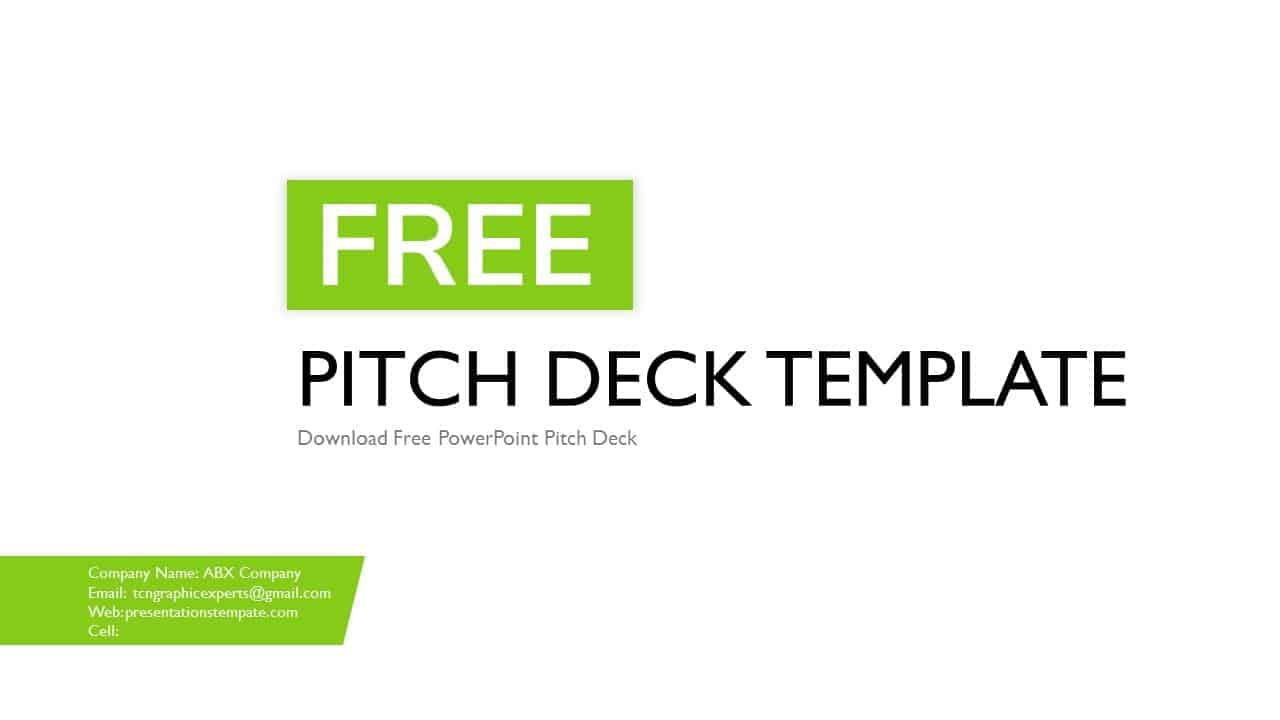10 Irresistible Slides That Will Make Your Pitch Deck Shine—A Step‑by‑Step Blueprint for Startup Success
Have you ever wondered why some pitch decks feel like a masterclass while others fall flat? The key difference often comes down to the slides you choose. Below, I will guide you through ten essential slides that can transform a mediocre presentation into a memorable story. Are you ready to create a deck that captivates investors? Let’s get started!
Slide 1: The Hook
Why It Matters
First impressions count. This slide sets the tone and gives your audience a taste of what’s to come. Keep it punchy, visual, and aligned with your brand’s voice. A strong hook can turn a skeptical listener into a curious fan.
- Show a compelling image or headline.
- Ask a thought‑provoking question.
- Use a statistic that shocks.
Slide 2: The Problem
Show the Pain Point
Investors need to feel the urgency of the problem you’re solving. Highlight real pain, quantify it, and paint a vivid picture. A relatable problem invites empathy and sets the stage for your solution.
- Describe the current market gap.
- Include a customer quote or anecdote.
- Show the cost of inaction.
Slide 3: The Solution
Introduce Your Fix
This slide is where your product or service takes center stage. Keep it visual and concise—one diagram or screenshot can carry the day. Show how your solution directly addresses the problem highlighted earlier.
- Display a product demo screenshot.
- Explain the core benefit in one sentence.
- Highlight any unique technology or process.
Slide 4: Market Opportunity
Show the Size and Growth
Investors want numbers that justify the risk. Present TAM, SAM, and SOM with clear charts. Keep the data current and credible, and tie it back to your solution’s fit.
- Show a bar chart of market growth.
- Break down target segments.
- Explain how you’ll capture share.
Slide 5: Business Model
Explain How You Make Money
Clarity here reduces uncertainty. Outline revenue streams, pricing strategy, and customer acquisition costs. Use a simple diagram to illustrate the flow from customer to cash.
- List primary revenue sources.
- Show a pricing ladder.
- Highlight recurring revenue.
Slide 6: Traction
Proof of Momentum
Showcase milestones that prove your concept works. Use metrics like users, revenue, or partnerships. A visual timeline can make your progress instantly understandable.
- Display a line graph of user growth.
- Highlight key partnerships.
- Show revenue milestones.
Slide 7: Competitive Landscape
Position Yourself Clearly
Show where you stand among rivals. Use a matrix to compare features, pricing, and market share. Highlight what makes you distinct.
- Include a competitor comparison table.
- Point out your unique advantage.
- Show gaps you fill.
Slide 8: Go‑to‑Market Strategy
Plan Your Launch
Detail the channels and tactics you’ll use to reach customers. Break it into phases: awareness, acquisition, and retention. Visual roadmaps help investors see the path forward.
- Show a phased timeline.
- Highlight key marketing tactics.
- Explain partnership plans.
Slide 9: Team
Show Who’s Behind the Vision
Investors bet on people as much as products. Highlight each core member’s background, expertise, and role. A quick bio and photo can humanize your story.
- Include headshots.
- List relevant experience.
- Show advisory board.
Slide 10: The Ask
Make It Clear and Compelling
End with a concise request for funding, partnership, or next steps. State the amount, use, and expected impact. A call to action that feels urgent but realistic closes the deck on a strong note.
- Specify funding needed.
- Outline use of funds.
- Invite follow‑up discussion.
Crafting a deck that flows from hook to ask requires attention to detail and a clear narrative. By focusing on these ten slides, you’ll provide the evidence, the story, and the vision that investors look for. Remember, every slide should feel like a chapter in a compelling book—one that keeps the reader turning pages
